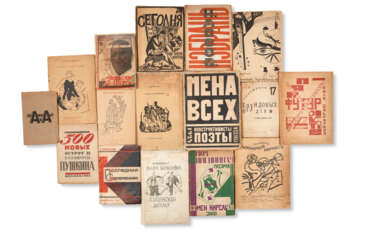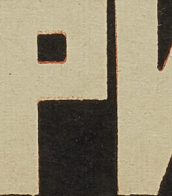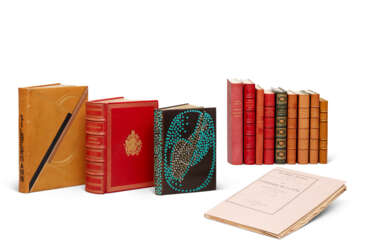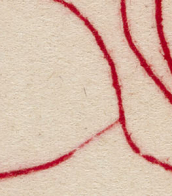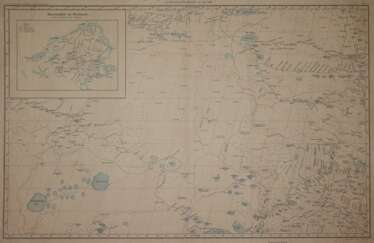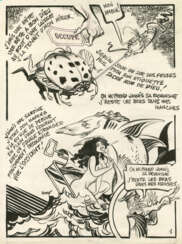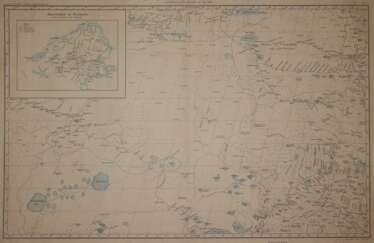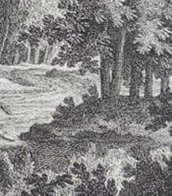poésie

Antoni Tàpies i Puig, 1st Marquess of Tàpies was a Catalan Spanish painter, sculptor and art theorist, who became one of the most famous European artists of his generation.
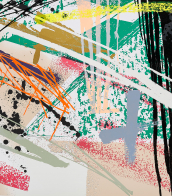
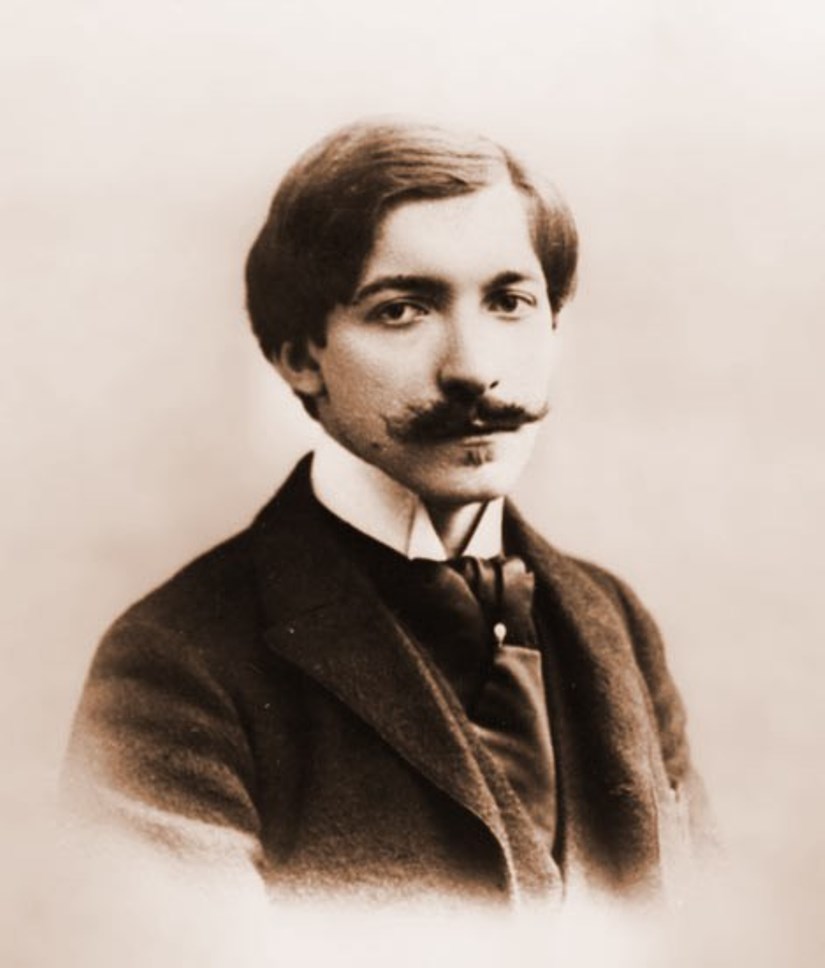
Pierre Louÿs, real name Pierre Félix Louis, was a French poet and writer.
He specialized in erotic and ancient themes in the Art Nouveau style. Louÿs's most famous work is The Songs of Bilitis. It is a collection of erotic poetry with strongly lesbian themes, written in the manner of Sappho. Although Louÿs claimed that these poems had a Greek source, this ultimately proved to be a hoax.
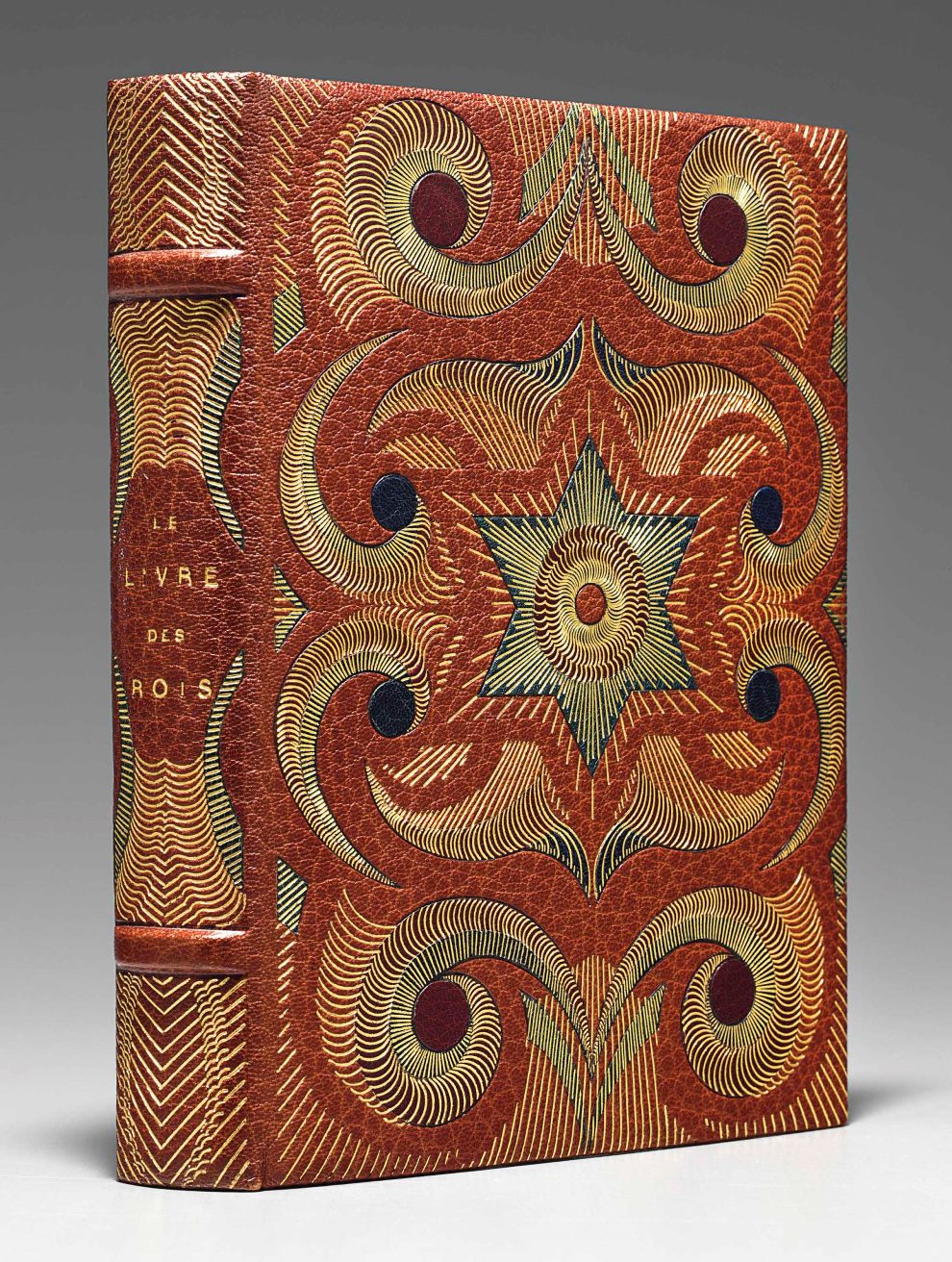
Georges Levitsky was a Russian-born bookbinder who worked in Paris in the early 20th century.
In 1907, bookbinder Georges Levitsky emigrated from Odessa to Paris, where he opened his own workshop in 1910. He produced unique, luxurious Art Deco products in limited editions for bibliophiles. Levitsky collaborated with famous artists and illustrators, and his clients included King Albert I of Belgium and King Alexander I of Serbia.

Edouard Chimot was a French Art Deco painter, illustrator and editor.
Edouard studied at the Ecole des Arts Décoratifs in Nice and then at the Ecole des Beaux-Arts in Lille. After the war, he was able to prove himself as an illustrator and master publisher. At the height of the Art Deco heyday, Chimot received a number of commissions to illustrate books with his original engravings, the first of which was the rare book Les Après-Midi de Montmartre with fourteen engravings by Chimot.
In 1920, Édouard Chimot founded his own publishing house, Éditions d'Art Édouard Chimot. Through this venture, he not only continued to create his own art, but also collaborated with other artists and writers to create high quality limited edition books, often with his distinctive illustrations. Édouard Chimot was associated with late Symbolist and decadent culture, and his own work is sometimes referred to as post-Symbolist. His collaborations with famous writers and poets, including Paul Verlaine and Charles Baudelaire, brought his illustrations to the forefront of the Art Nouveau movement.
With the collapse of the financial system in the early 1930s in Europe, the demand for luxury products also fell, but the artist continued to work, produce books and paint. Chimot's artistic style is characterized by sensuality and romanticism. He was an artist of the female figure, style, eroticism and embodied the essence of Art Deco imagery.


Antoni Tàpies i Puig, 1st Marquess of Tàpies was a Catalan Spanish painter, sculptor and art theorist, who became one of the most famous European artists of his generation.
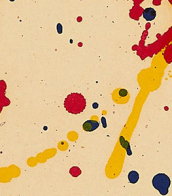
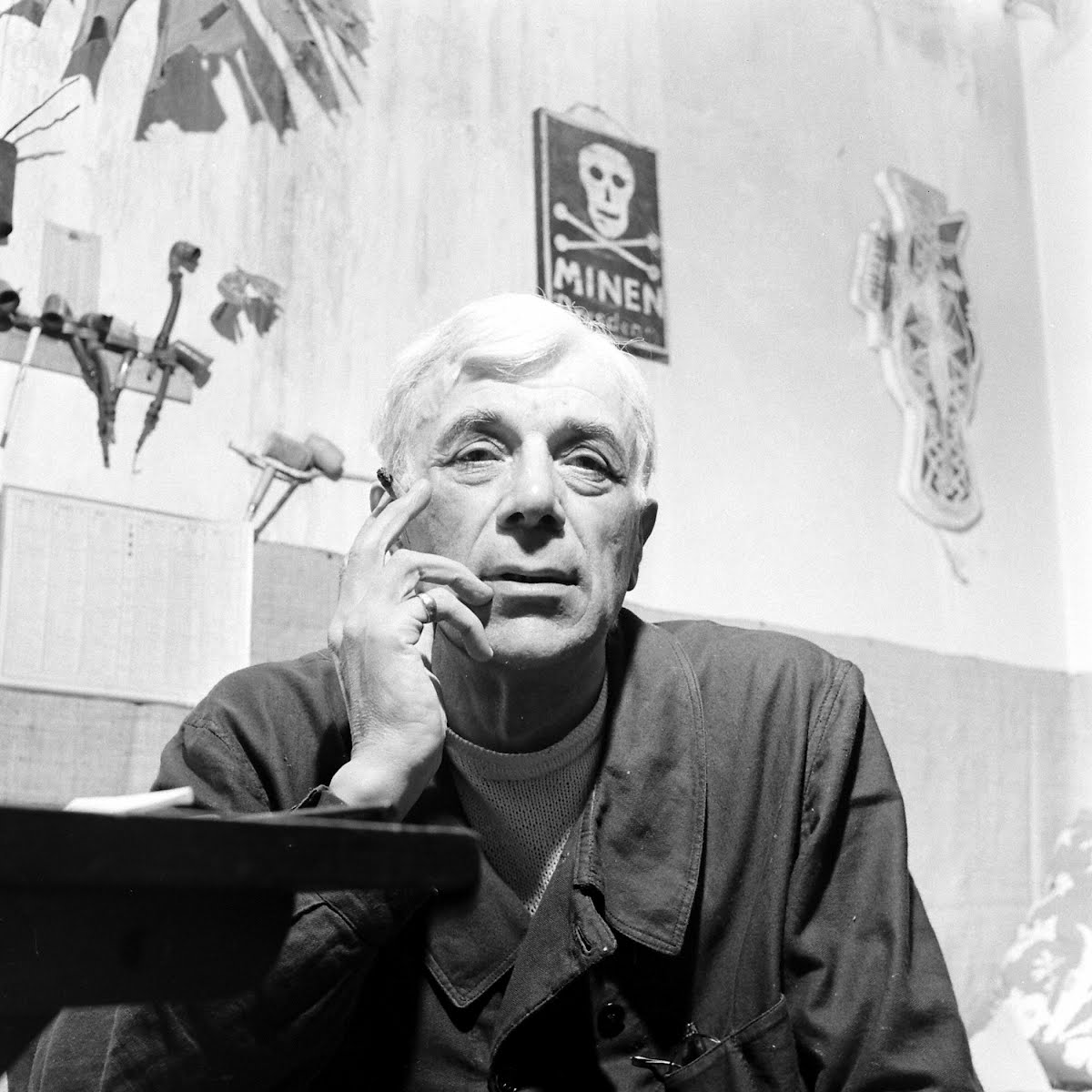
Georges Braque, a French artist, is celebrated as a pivotal figure in the development of Cubism, alongside Pablo Picasso. Braque's artistic journey transitioned from Impressionism to Fauvism before he delved into the groundbreaking realm of Cubism, characterized by its innovative use of perspective and geometric forms. His partnership with Picasso during the early 20th century marked a significant phase in art history, as they collectively pioneered the Analytic and Synthetic phases of Cubism.
Georges Braque's oeuvre is renowned for its technical precision, introspective quality, and harmonious color palettes. His contributions extended beyond painting to include sculpture and collage, demonstrating his versatile mastery over various mediums. Notable works like "Violin and Candlestick" and "Man with a Guitar" underscore his talent in transforming everyday objects into abstracted, multifaceted compositions.
Throughout his career, Georges Braque remained deeply committed to exploring the boundaries of visual perception and form. After World War I, his style evolved, incorporating brighter colors and new themes, yet he maintained a steadfast adherence to Cubist principles. His later years saw a focus on personal motifs, such as birds, which symbolized freedom and dynamism in his art.
Georges Braque's legacy is preserved in prestigious collections worldwide, including the Museum of Modern Art (MoMA), which houses a significant number of his works. His artistic innovations continue to inspire and influence the realms of art and culture.
For collectors and art enthusiasts, Georges Braque's work offers a profound insight into the evolution of modern art and the enduring allure of Cubism. His pieces are a testament to the enduring power of creativity and innovation in the face of changing artistic landscapes.
If you're keen on exploring Braque's contributions to art and wish to stay updated on exhibitions and sales featuring his work, consider subscribing for updates on Georges Braque's pieces and their presence in the art market today.
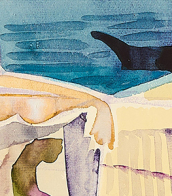

Georges Braque, a French artist, is celebrated as a pivotal figure in the development of Cubism, alongside Pablo Picasso. Braque's artistic journey transitioned from Impressionism to Fauvism before he delved into the groundbreaking realm of Cubism, characterized by its innovative use of perspective and geometric forms. His partnership with Picasso during the early 20th century marked a significant phase in art history, as they collectively pioneered the Analytic and Synthetic phases of Cubism.
Georges Braque's oeuvre is renowned for its technical precision, introspective quality, and harmonious color palettes. His contributions extended beyond painting to include sculpture and collage, demonstrating his versatile mastery over various mediums. Notable works like "Violin and Candlestick" and "Man with a Guitar" underscore his talent in transforming everyday objects into abstracted, multifaceted compositions.
Throughout his career, Georges Braque remained deeply committed to exploring the boundaries of visual perception and form. After World War I, his style evolved, incorporating brighter colors and new themes, yet he maintained a steadfast adherence to Cubist principles. His later years saw a focus on personal motifs, such as birds, which symbolized freedom and dynamism in his art.
Georges Braque's legacy is preserved in prestigious collections worldwide, including the Museum of Modern Art (MoMA), which houses a significant number of his works. His artistic innovations continue to inspire and influence the realms of art and culture.
For collectors and art enthusiasts, Georges Braque's work offers a profound insight into the evolution of modern art and the enduring allure of Cubism. His pieces are a testament to the enduring power of creativity and innovation in the face of changing artistic landscapes.
If you're keen on exploring Braque's contributions to art and wish to stay updated on exhibitions and sales featuring his work, consider subscribing for updates on Georges Braque's pieces and their presence in the art market today.
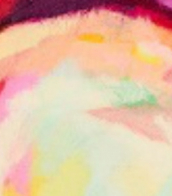
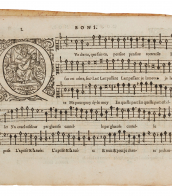














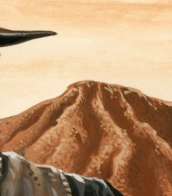


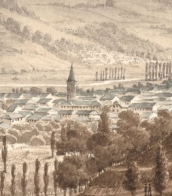
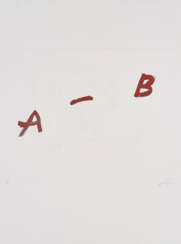



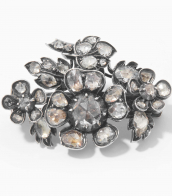




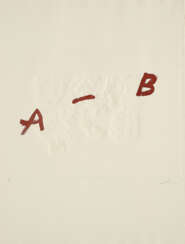







![RONSARD, Pierre de (1524-1585). Recueil de plusieurs compositions de P. de Ronsard Gentilhome Vandomoys, non impriméz… 1573. Manuscrit de Jean de Piochet. [Chambery ?, vers 1577 – 1785]](/assets/image/picture_1320817/a41e7/0526c4bb60ed98208424b5e231a5079f1616454000jpg__fix_374_244.jpeg)
![RONSARD, Pierre de (1524-1585). Recueil de plusieurs compositions de P. de Ronsard Gentilhome Vandomoys, non impriméz… 1573. Manuscrit de Jean de Piochet. [Chambery ?, vers 1577 – 1785]](https://veryimportantlot.com/assets/image/picture_1320817/a41e7/0526c4bb60ed98208424b5e231a5079f1616454000jpg__fix_374_244.jpeg)


![[DU PETIT-VAL, Raphaël (mort en 1613)] Recueil de diverses poésies, tant du feu sieur de Sponde, que des sieurs du Perron, de Bertaud, de Porcheres, & autres non encor imprimees. [avec] Second [-Troisième, Quatrième] recueil de div](/assets/image/picture_1320892/8eecc/2838af1861ad669223d69f882a3eb8901616454000jpg__fix_374_244.jpeg)
![[DU PETIT-VAL, Raphaël (mort en 1613)] Recueil de diverses poésies, tant du feu sieur de Sponde, que des sieurs du Perron, de Bertaud, de Porcheres, & autres non encor imprimees. [avec] Second [-Troisième, Quatrième] recueil de div](https://veryimportantlot.com/assets/image/picture_1320892/8eecc/2838af1861ad669223d69f882a3eb8901616454000jpg__fix_374_244.jpeg)




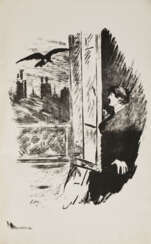

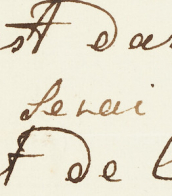
![RONSARD, Pierre de (1524-1585). Le sixiesme livre des poèmes de Pierre de Ronsard gentil-homme Vandosmois, dedié à Monsieur de Belot Conseiller & Maistre des Requestes de l’hostel du Roy. [relié avec] Le Septiesme livre des poemes](/assets/image/picture_1320869/18983/7bba7ba38dc3b949798c74a1c44964a51616454000jpg__fix_374_244.jpeg)
![RONSARD, Pierre de (1524-1585). Le sixiesme livre des poèmes de Pierre de Ronsard gentil-homme Vandosmois, dedié à Monsieur de Belot Conseiller & Maistre des Requestes de l’hostel du Roy. [relié avec] Le Septiesme livre des poemes](https://veryimportantlot.com/assets/image/picture_1320869/18983/7bba7ba38dc3b949798c74a1c44964a51616454000jpg__fix_374_244.jpeg)


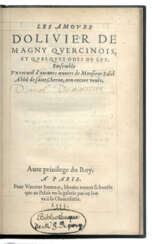

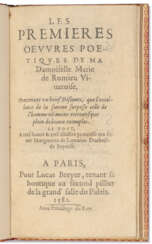

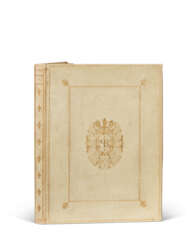

![LA NOUE, Odet de (1560-1618). Poésies Chrestiennes... Nouvellement mises en lumière par le sieur de la Violette [Joseph Du Chesne] [Genève :] pour les héritiers d’Eustache Vignon, 1594.](/assets/image/picture_1320945/0dc0b/a5989c7d2c14cd6c6b99313f4e4201521616454000jpg__fix_374_244.jpeg)
![LA NOUE, Odet de (1560-1618). Poésies Chrestiennes... Nouvellement mises en lumière par le sieur de la Violette [Joseph Du Chesne] [Genève :] pour les héritiers d’Eustache Vignon, 1594.](https://veryimportantlot.com/assets/image/picture_1320945/0dc0b/a5989c7d2c14cd6c6b99313f4e4201521616454000jpg__fix_374_244.jpeg)
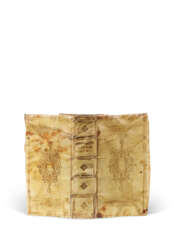



![[PASQUIER, Étienne (1529-1615)]. La Main ou OEuvres poétiques faits sur la Main de Estienne Pasquier, Advocat au Parlement de Paris. Paris : Michel Gadouleau, 1584.](/assets/image/picture_1321011/12f17/4e5a4ee6f2802a1e1adddce24f5bd5ca1616454000jpg__fix_374_244.jpeg)
![[PASQUIER, Étienne (1529-1615)]. La Main ou OEuvres poétiques faits sur la Main de Estienne Pasquier, Advocat au Parlement de Paris. Paris : Michel Gadouleau, 1584.](https://veryimportantlot.com/assets/image/picture_1321011/12f17/4e5a4ee6f2802a1e1adddce24f5bd5ca1616454000jpg__fix_374_244.jpeg)
![[RONSARD, Pierre de (1524-1585)] BINET, Claude (vers 1553-1600) . Discours de la vie de Pierre de Ronsard, gentilhomme Vandomois, Prince des Poëtes François, avec une eclogue representee en ses obseques, par Claude Binet. Plus les vers composez](/assets/image/picture_1321016/ca48d/e0d73f36ec4c1cf9c91e4a596552dc571616454000jpg__fix_374_244.jpeg)
![[RONSARD, Pierre de (1524-1585)] BINET, Claude (vers 1553-1600) . Discours de la vie de Pierre de Ronsard, gentilhomme Vandomois, Prince des Poëtes François, avec une eclogue representee en ses obseques, par Claude Binet. Plus les vers composez](https://veryimportantlot.com/assets/image/picture_1321016/ca48d/e0d73f36ec4c1cf9c91e4a596552dc571616454000jpg__fix_374_244.jpeg)
